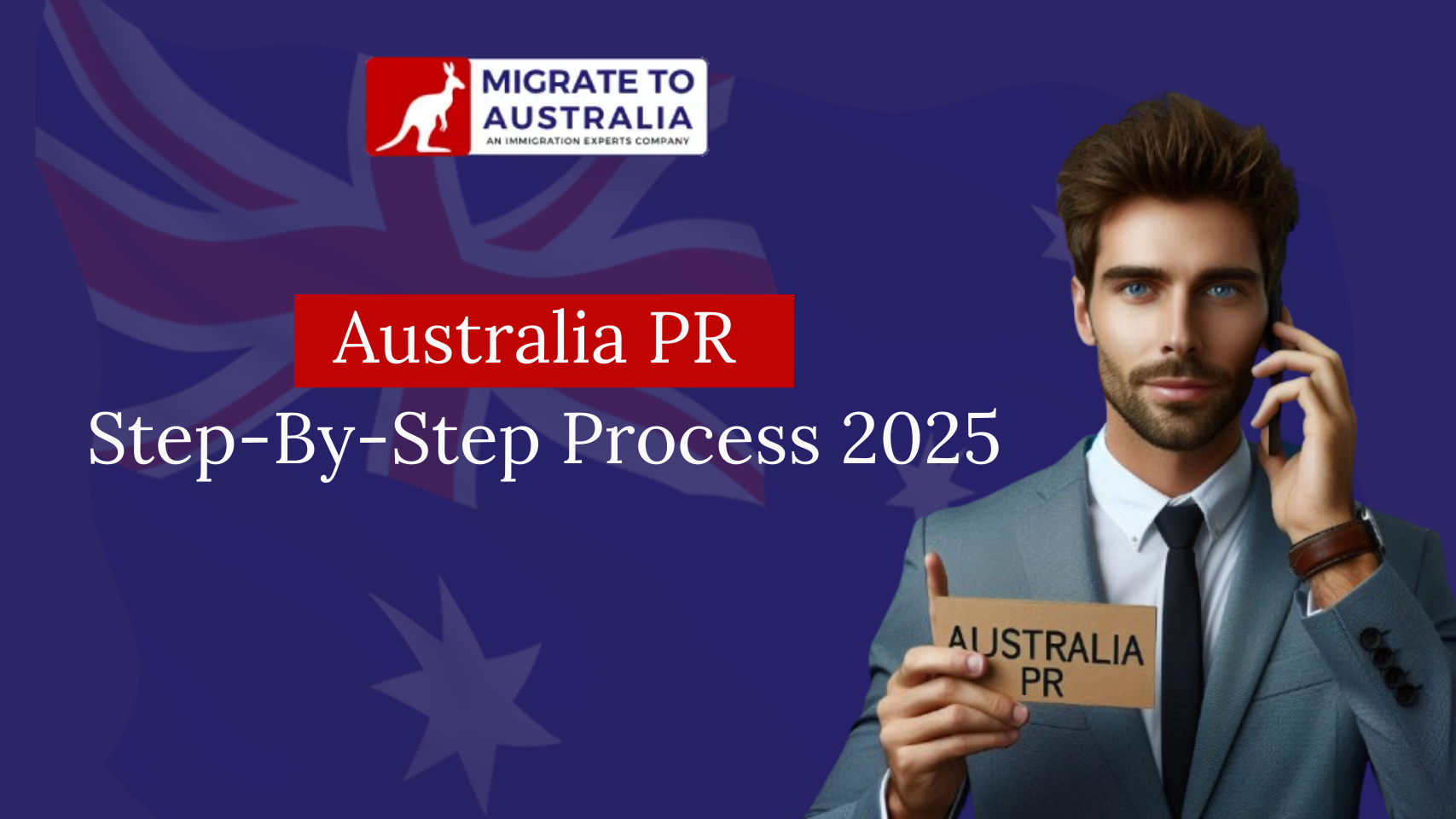Australia continues to be a top destination for individuals seeking a high standard of living, strong career opportunities, and a stable environment for families. The process to migrate to Australia as a permanent resident (PR) can seem daunting, but breaking it into manageable steps simplifies the journey. Whether you’re an engineer, teacher, accountant, or skilled tradesperson, this guide will take you through the step-by-step process for Australia PR in 2025.
Why Migrate to Australia?
Australia offers a skilled migration program designed to attract talented professionals from around the globe. Key benefits of permanent residency include:
- The right to live and work anywhere in Australia.
- Access to public healthcare and education.
- Eligibility to apply for Australian citizenship.
- The ability to sponsor eligible family members.
If you are ready to migrate to Australia, it’s essential to understand the PR process, starting with determining your eligibility.
Step 1: Choose the Right Visa Subclass
The Australian government offers several visa options for skilled migration. Choosing the right visa subclass is the first and most important step. Common visa subclasses include:
- Subclass 189 – Skilled Independent Visa
- Requires no employer or state sponsorship.
- Points-based and highly competitive.
- Subclass 190 – Skilled Nominated Visa
- Requires state or territory nomination.
- Grants additional points for state sponsorship.
- Subclass 491 – Skilled Work Regional Visa
- A provisional visa for individuals willing to live and work in regional areas.
- Can lead to permanent residency after meeting specific criteria.
Step 2: Skills Assessment
A skills assessment is mandatory for most skilled visa applicants. It validates your qualifications and work experience against Australian standards. Different professions have specific Assessment Authorities that handle this process:
- ACS (Australian Computer Society): For ICT professionals, such as software engineers and developers.
- Engineers Australia: For engineers across disciplines, including civil, mechanical, and electrical engineering.
- CPA Australia/CAANZ/IPA: CPA Australia for accountants and finance professionals.
- VETASSESS: For general skilled professions such as marketing specialists, chefs, and human resource professionals.
- Trades Recognition Australia (TRA): For skilled tradespeople, such as electricians and carpenters.
- Australian Institute for Teaching and School Leadership (AITSL): For teachers across primary, secondary, and special education fields.
Each assessment authority has specific requirements, including educational qualifications, relevant work experience, and, in some cases, an English language proficiency test.
Step 3: Calculate Your Points
Australia uses a points-based system to rank applicants. Your score determines whether you will receive an invitation to apply for PR. Points are awarded for factors like:
- Age: Applicants aged 25-32 earn the highest points.
- English Proficiency: A strong score on IELTS, PTE, or TOEFL can significantly boost your points.
- Work Experience: Relevant work experience in your field adds points.
- Education: Higher qualifications such as a master’s or doctoral degree earn more points.
- State or Regional Nomination: Additional points are awarded if you are nominated by a state/territory or choose a regional visa.
Aim for a score of 65 or higher, but higher scores improve your chances of receiving an invitation.
Step 4: Submit an Expression of Interest (EOI)
Once you have your skills assessment and calculated points, the next step is to submit an Expression of Interest (EOI) through the SkillSelect system. This step involves:
- Detailing your qualifications, work experience, and skills assessment.
- Indicating your preferred visa subclass (189, 190, or 491).
SkillSelect ranks candidates based on their points. If your profile matches Australia’s skill requirements, you may receive an Invitation to Apply (ITA) for PR.
Step 5: State or Territory Nomination (if required)
For visa subclasses like 190 and 491, securing state or territory nomination is essential. Each state/territory has its own list of in-demand occupations and nomination criteria. States such as New South Wales, Victoria, and Queensland often invite professionals in sectors like IT, engineering, healthcare, and education.
When applying for state nomination, you may need to commit to living and working in that region for a specified period.
Step 6: Lodge Your Visa Application
Once you receive an ITA, you have 60 days to submit your PR visa application online. This step involves:
- Uploading all supporting documents, including your passport, skills assessment, proof of work experience, and education certificates.
- Submitting health and character checks.
Pay close attention to accuracy and completeness in your application to avoid delays or rejections.
Step 7: Health and Character Checks
All applicants must undergo:
- Health Checks: Medical examinations to ensure you meet Australia’s health requirements.
- Character Checks: Police clearance certificates to verify you have no significant criminal history.
Step 8: Wait for a Decision
Processing times vary depending on your visa subclass and the complexity of your case. Typically, it can take 6–12 months to receive a decision. During this period, the Department of Home Affairs may request additional documentation.
Tips for a Smooth Process
- Understand Your Occupation Requirements: Research your specific assessment authority (ACS, Engineers Australia, VETASSESS, etc.) to ensure compliance with their guidelines.
- Maximize Your Points: Consider improving your English score or gaining additional qualifications to increase your ranking.
- Consult Experts: Working with migration consultants can simplify the process and ensure accuracy in your application.
- Plan for State Nomination: Research regional opportunities and their benefits.
Conclusion
Migrating to Australia as a permanent resident in 2025 involves a clear and structured process. By understanding each step, from selecting the right visa subclass to completing skills assessments with authorities like ACS, Engineers Australia, or VETASSESS, you can navigate the journey with confidence.
Australia offers immense opportunities for skilled professionals, and securing PR is your ticket to enjoying a prosperous future in one of the world’s most desirable countries. Take the first step today by exploring your eligibility and seeking expert guidance!

